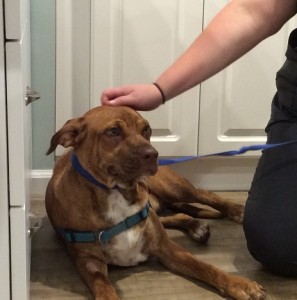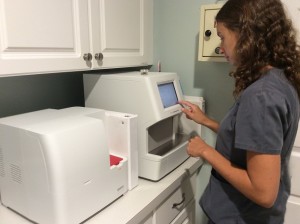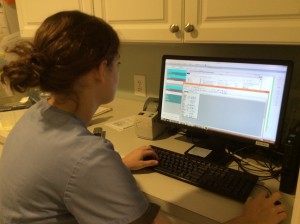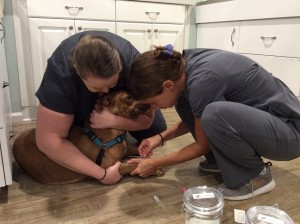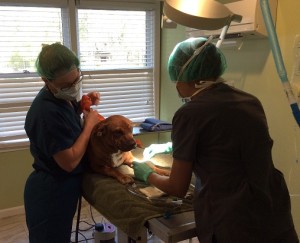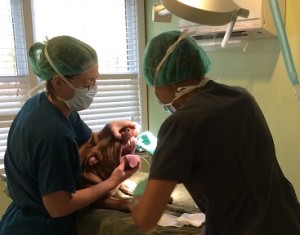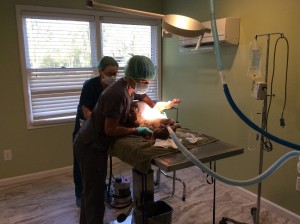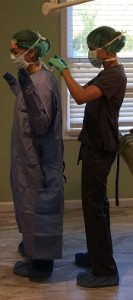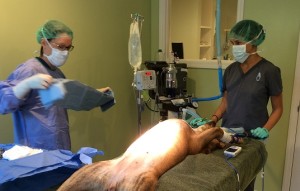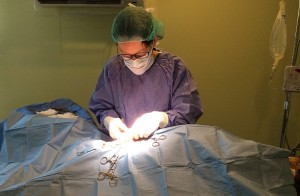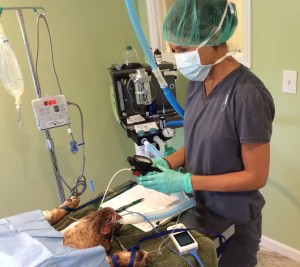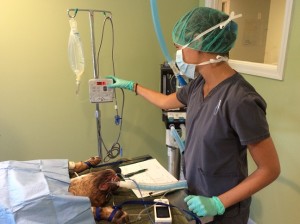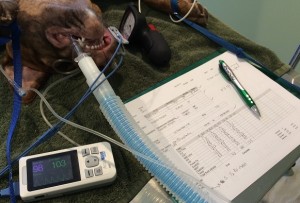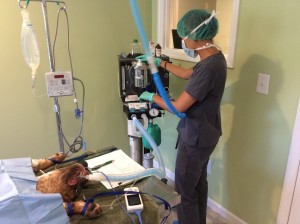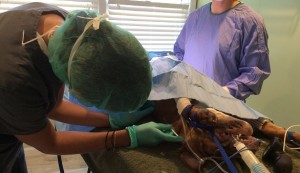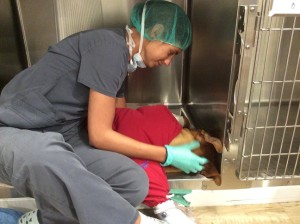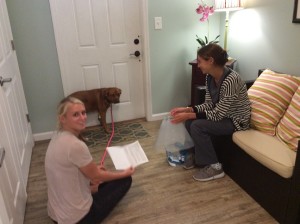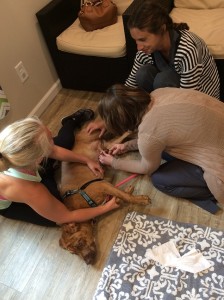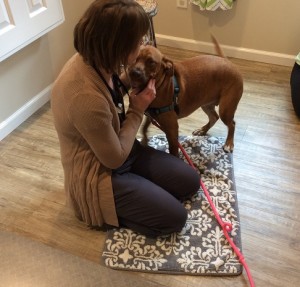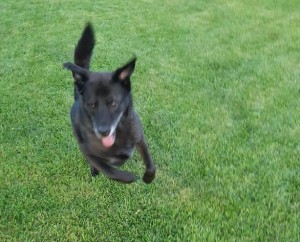The pet insurance industry has become increasingly diverse and complicated over the past several years. The structure remains very different from what you are accustomed to with your own health insurance but at its’ premise it serves the same purpose which is to lessen the financial burden when unexpected illness and accidents happen. At Charleston Harbor Veterinarians we have seen an uptick in the number of our clients and patients who are covered by a pet insurance policy and have witnessed first hand the benefit it can provide. Most often, those who are covered by a policy are able to make decisions to provide the best possible care for their pet without hesitation as they’ve removed the financial consideration. We also see these pets sooner in the onset of illness or after injury compared to pets without an insurance policy which can absolutely deliver a better medical outcome than waiting for things to worsen before visiting the vet.
Tools to Select a Policy
So while for many pet owners pet insurance may be a great option, the question remains, which one should you choose. In truth, we see a multitude of different insurance companies with happy clients for each of them. The best company and policy is different for each pet and each person. Therefore, we like to recommend to our clients who ask about pet insurance that they use a free tool called Pawlicy Advisor that helps you evaluate your insurance options and find the best price. Visit their website at https://www.pawlicy.com/advice where you’ll enter info about your pet and quickly receive a recommendation on the best policy for you. Pawlicy Advisor collects no money from you and you pay no more for a policy than you would have without their recommendation. Often you’ll pay less than if you didn’t use their recommendation in fact.
For additional information about pet insurance, we also like Pawlicy Advisor’s blog on “What is Pet Insurance“.
While Pawlicy Advisor is actively growing their list of companies they can recommend from, not every option is currently included. You may also want to separately research options from Nationwide, HealthyPaws, Progressive and Embrace.
Other payment options
If pet insurance still isn’t right for you or the idea of making monthly premium payments or annual fees is not appealing, we wanted to mention two other options to help you pay for unexpected or large veterinary expenses.
CareCredit and Scratchpay both offer veterinary specific payment plan options featuring a variety of payment plans. You can choose from short term plans that allow you to just spread out payment over anywhere from 5 weeks to a few months and require no more than a soft credit check or more traditional longer term financing options. Charleston Harbor Veterinarians is an approved vet clinic for both of these options if you choose to go that route.





